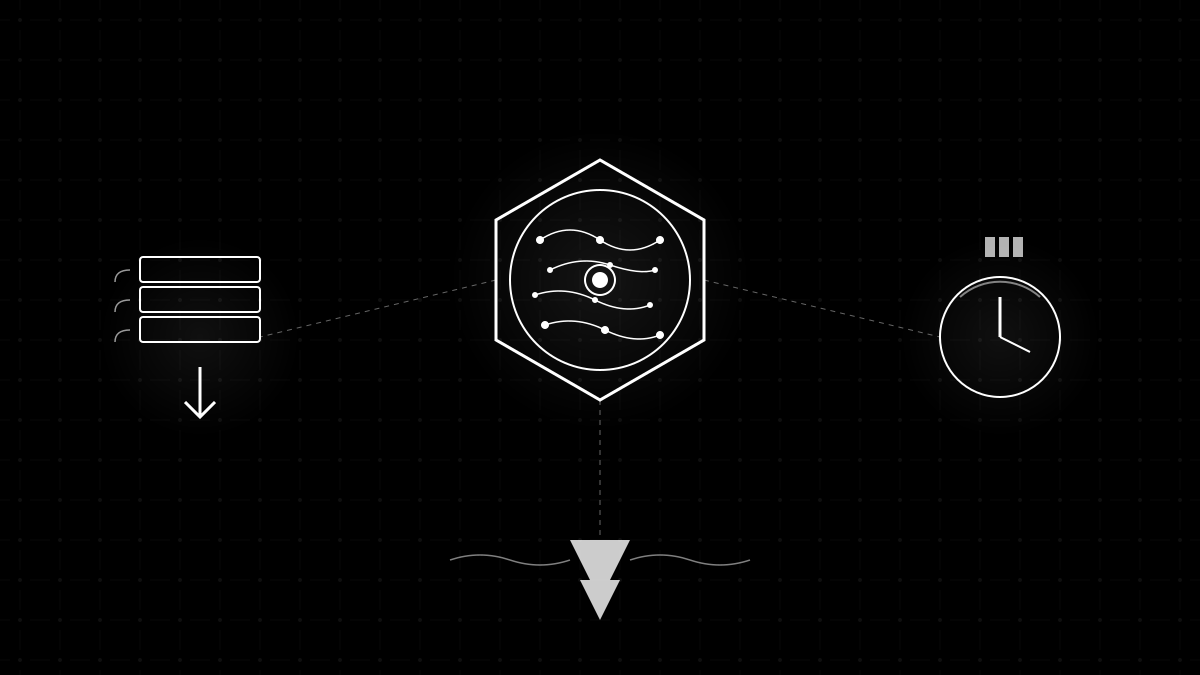As artificial intelligence becomes woven into our daily lives—from chatbots to image generators—the environmental cost of our digital habits deserves attention. While individual AI usage pales in comparison to the energy consumed by data centers training these models, there are still meaningful ways to reduce your carbon footprint when interacting with AI tools.
Be precise and concise in your prompts
The most effective energy-saving strategy is simple: get what you need in fewer interactions. Each exchange with an AI model consumes computational resources, so crafting clear, specific prompts from the start reduces unnecessary back-and-forth. Instead of asking “Tell me about France” followed by multiple follow-ups, try “Give me a 200-word overview of French cuisine and wine regions for a travel blog.” This directness cuts energy waste while saving you time.
Choose the right model for your task
Not every question requires the most powerful AI model available. Many platforms offer different model tiers—using a lighter, more efficient model for simple tasks like proofreading or basic questions can significantly reduce energy consumption compared to always defaulting to the largest model. Save the heavy-duty models for complex tasks that genuinely require their capabilities, like detailed analysis or creative projects.
Avoid unnecessary regenerations and iterations
That “regenerate response” button has an energy cost. Rather than repeatedly regenerating outputs hoping for perfection, provide specific feedback about what you’d like changed. If an AI generates an image or text that’s close but not quite right, tell it exactly what to adjust instead of rolling the dice multiple times. This targeted approach uses far less energy than brute-force regeneration.
The bottom line: While AI providers bear the primary responsibility for energy efficiency through sustainable infrastructure and efficient algorithms, users can make a difference through thoughtful, intentional usage. These small habits, multiplied across millions of users, add up to meaningful energy savings.
(This is my follow-up to Eunice’s Keeping AI’s carbon footprint in check—check it out!)

Hi, I’m Owen! I am your friendly Aussie for everything related to web development and artificial intelligence.
